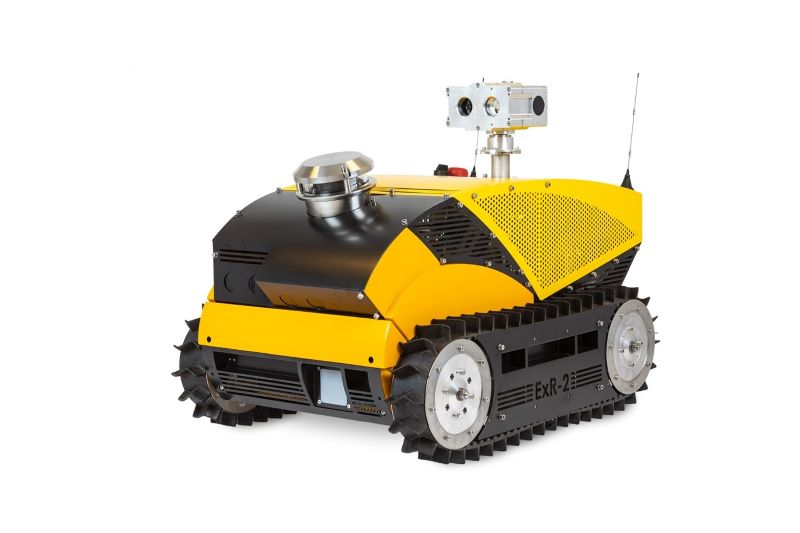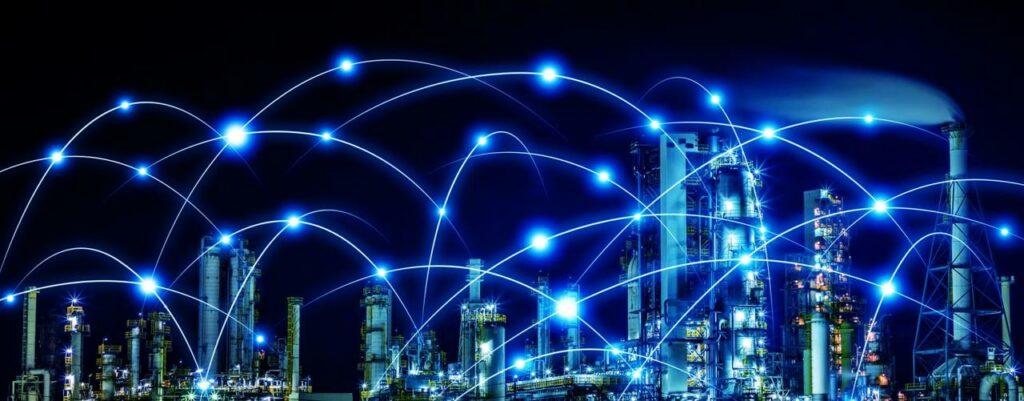Safety in the new normal
If COVID-19 has taught us anything in the past months, it is that the future is totally unpredictable. But whilst everything seems to change rapidly some factors, fortunately, remain unchanged. Our economic growth and predictions have been turned on its head. Our known methods of sales, the way we used to work before, no longer work due to travel restrictions. Yet the need for safety has not changed. Also, the need for loyal and trusted employees and employers has stayed the same.
This raises the question: What have we learned from the pandemic so far? If anything, this pandemic shows us that safety is more important than ever. Nothing is set in stone. We have to adapt to changing circumstances, no matter how unexpected they are.
Health, Safety, and Environment as a top priority
Health, Safety, and Environment (HSE) is a well-documented and constant concern in the Oil & Gas industry. We have rules and regulations in place to ensure the safety of our staff. We need to keep our people safe. For that reason, we have educated ourselves, set up programs, and incorporated HSE in our day-to-day practices. And then suddenly the pandemic hit.
Now we not only have to ensure safety on our plants regarding the materials, machinery, and processes. In addition, we have to meet the requirements of COVID-19 restrictions and regulations.
We have to make sure our people act according to the regulations:
- practice social distancing
- rearrange chairs and tables of add partitions
- limited numbers of people per vehicle, encourage practicing proper hand hygiene, meet the requirements for ventilation, etcetera.
Remote work
Some of the measures are easy fixes, yet some require more extensive investment. For example, letting the administrative workforce work from home, might be a financial investment by ensuring optimal work environments through a new desk chair or more extensive internet connection. The financial investment is a small feat compared to the change in mindset for managers. Changing from a more controlling and overseeing management style to a more autonomous serving management style is not easy, nor is it normally achievable overnight as this pandemic has forced us.
Working from home does not only require a change in mindset for employers, the employees have had to change as well. In recent years there have been numerous studies suggesting working from home increases productivity, as there are numerous studies suggesting the exact opposite. Working from home is not for everybody, all employees are unique and have their own way of achieving their best.
While it may not be everyone’s cup of tea, we can all agree on ‘safety first’.
Safety on-site
Improving HSE within pandemic measures for people who are not able to work from home is a completely different challenge. Our assets (e.g., oilfields, chemical plants, LNG trains, refineries, etc.) can only continue to run in an environment where operators are near. Making sure they are safe has to be our priority, for employers and employees alike. But how to ensure continuous operation within social distancing, when operators work in tight spaces and have to be at the same spot at the same time?
Deploying robots

Implementing robots in your processes is a valuable contribution to ensure the safety of the operators. A robot can drive autonomously within pre-set parameters, can detect gasses, map sounds, and temperature. Does the operator need to be there as well? No! All happens while the operator is at a safe distance.
Robots are not blind to the demands of the external world. Robots co-operate with the operators to survey and record the required measurements and gauges. They improve readings by following their programmed routes on a daily basis. The regular measurements provide a more stable reading for statistics, all while keeping operators safer. Robots work on-site, doing the potential “dangerous” work. At the same time, the operators can work from home and enjoy a cup of coffee. They stay connected with the robots through fleet management in the cloud.
Are robots too expensive?
Another question that comes up quite often is: Are robots too expensive? Can my company really afford them? What is the ROI? I can understand your uncertainties. It seems difficult to justify the investment in robots in these times of financial struggle and insecurities. Please consider that the investment is not only for improving processes and safety within the COVID-19 restrictions and measures. They are a long-term solution for growth, safety, and shortage of skilled operators.
Isn’t a robot a perfect worker? A robot never sleeps, gets tired, or bored; a robot can always be employed when needed. He can work 24/7 without feeling sick or demotivated.
Being futureproof in a new world
So not all is doomed in these pandemic times. Haven’t we received the chance to evaluate what our priorities are? COVID-19 has taught us the importance of safety and people. The investments we need to make today to ensure continuous operation are both mental and physical. Remember, Rome wasn’t built in a day. Changing processes is not an easy task, but one we will have to consider remaining futureproof. We must use this pandemic as an eye-opener for new ways to work. It calls for innovative leadership and change. My advice to you: Robots are a part of this innovation and change. They should be top of mind when you are making plans for the future.
How do you envision the future after COVID-19? Will you go back to the old ways or are you innovating?





